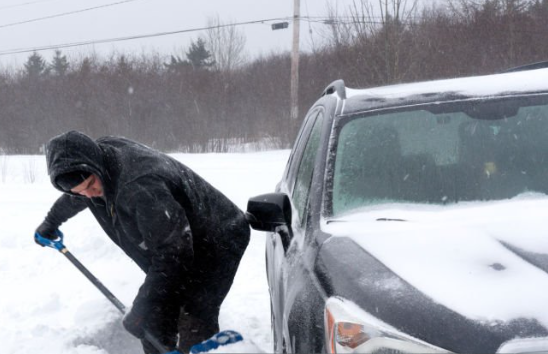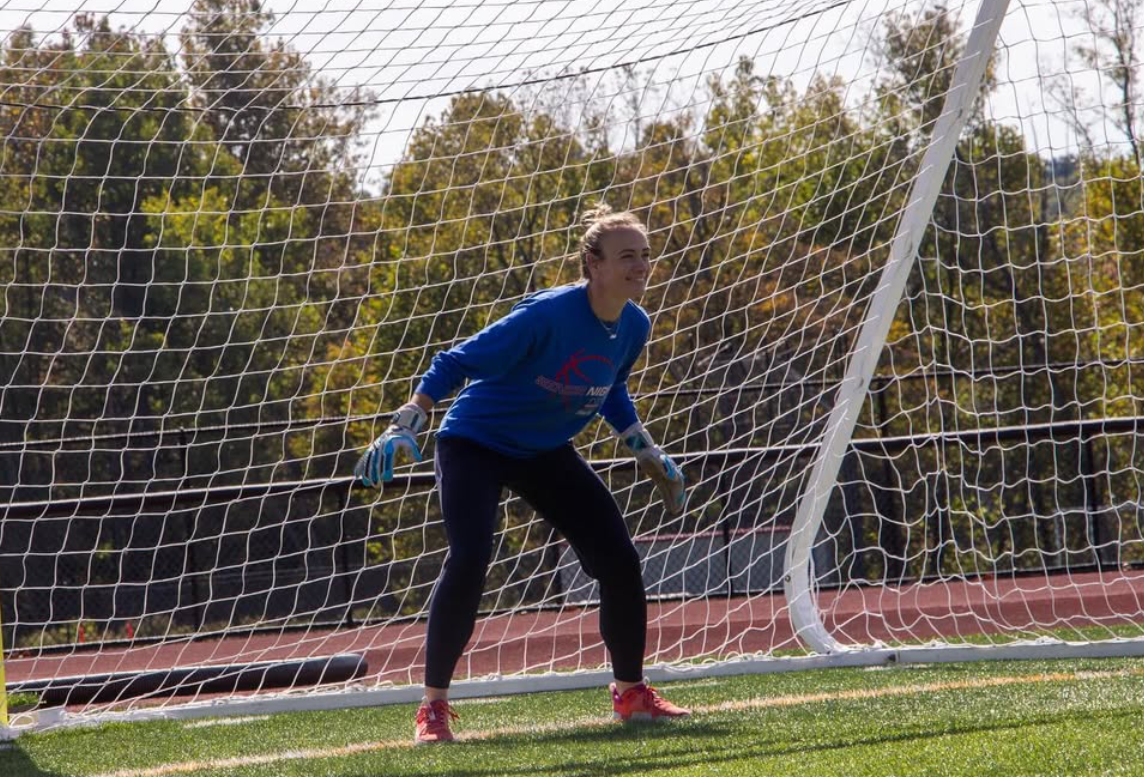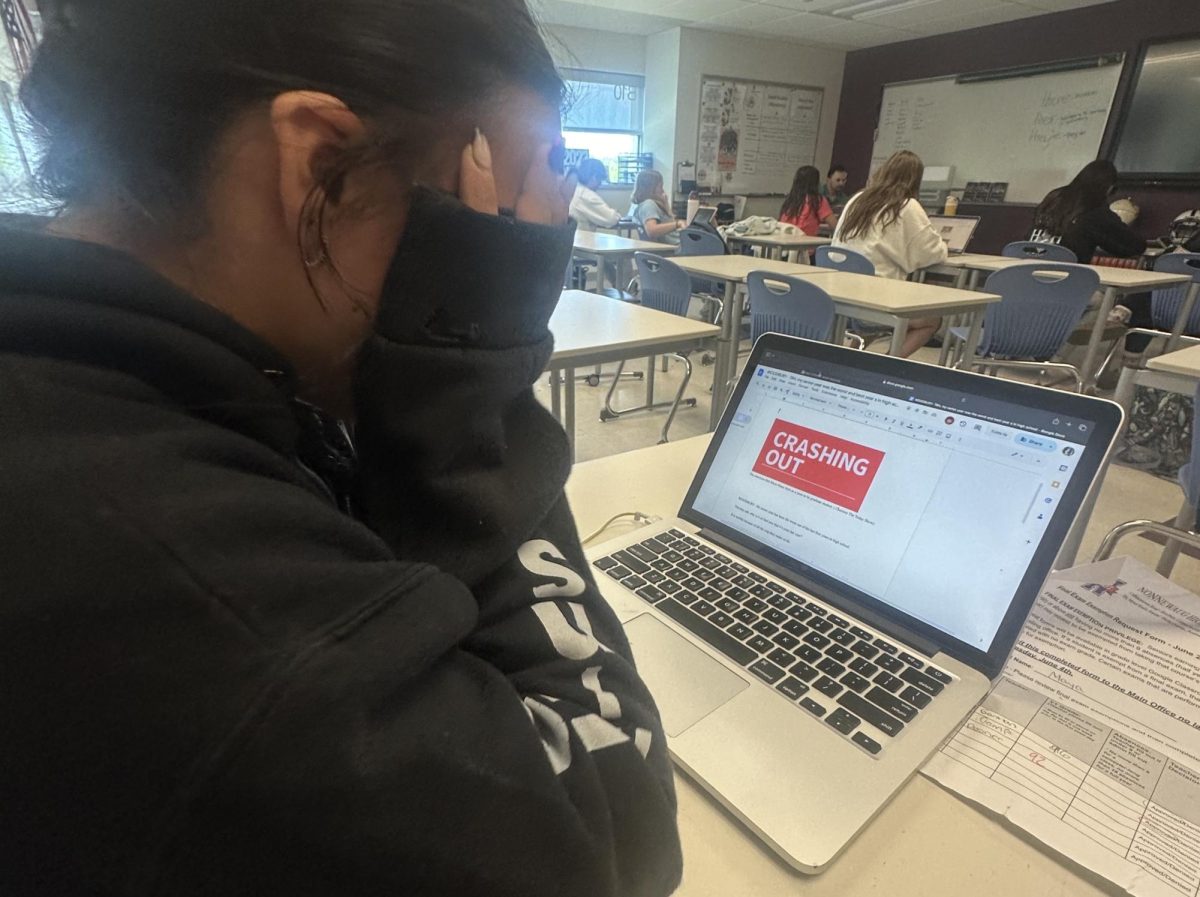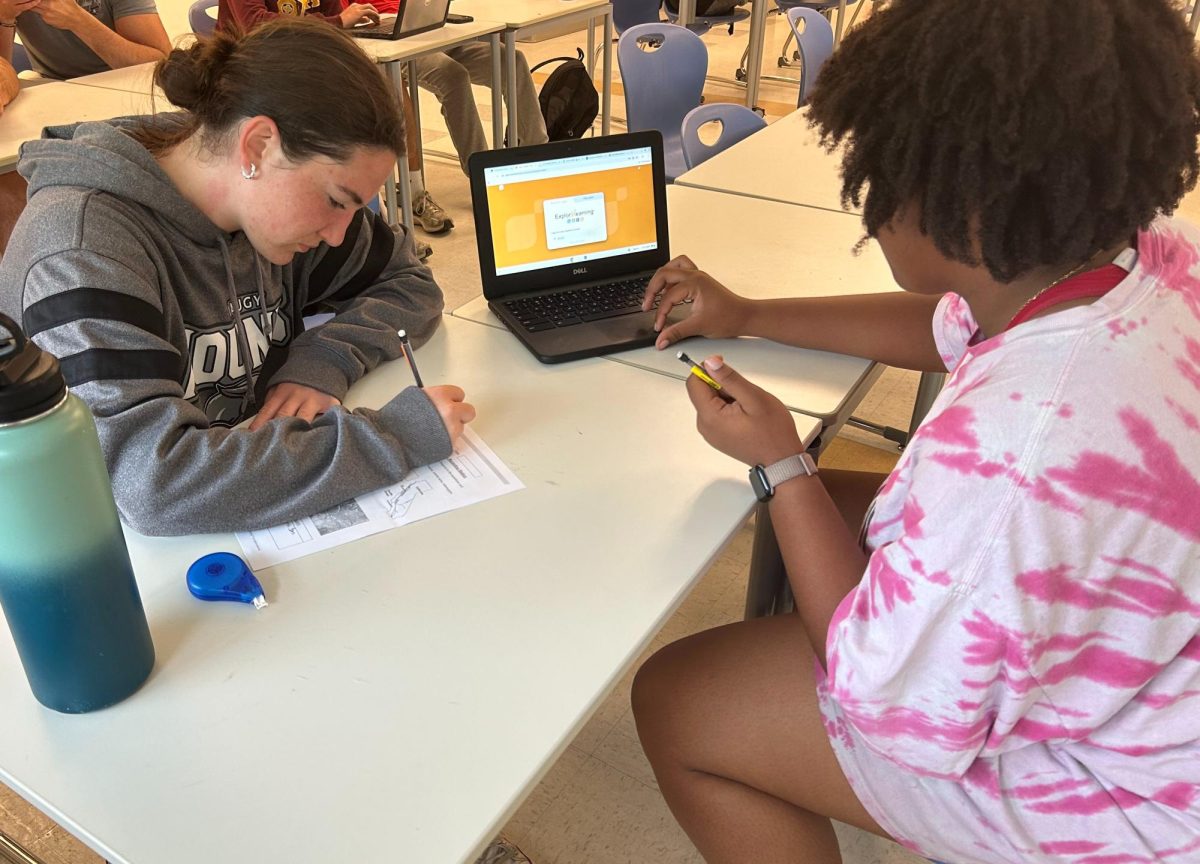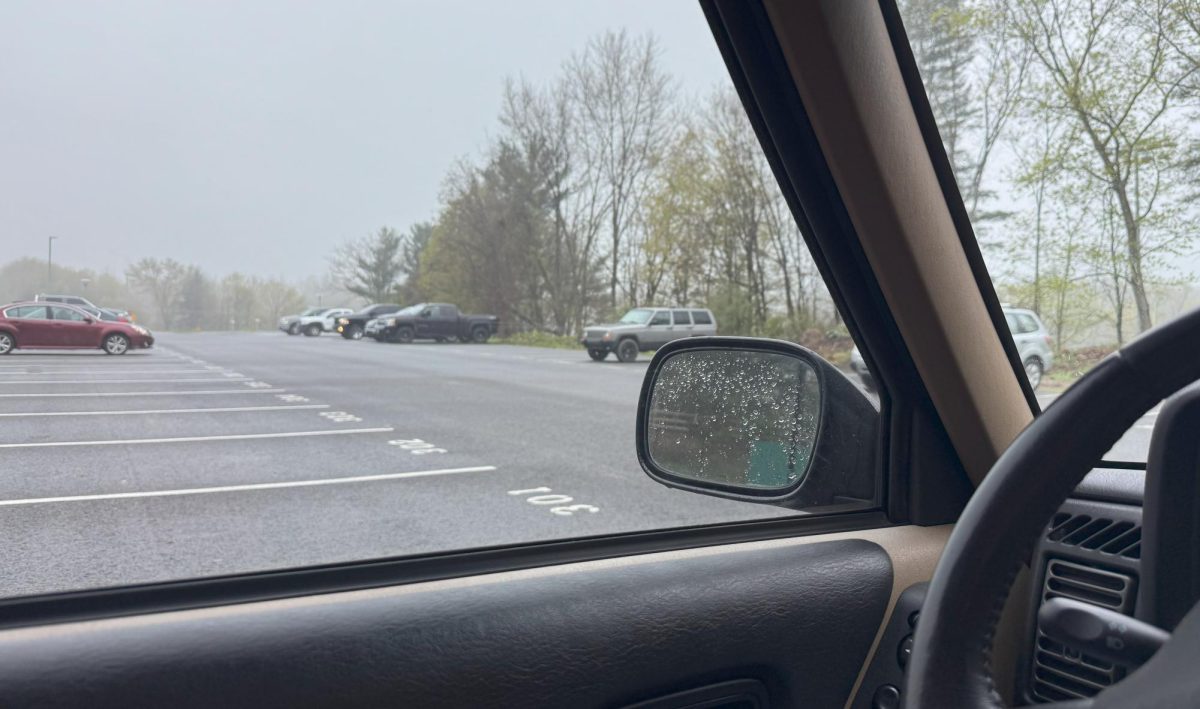I’m losing traction!
Getting your license handed to you is that one rewarding feeling of freedom. The freedom that evolves from just a singular card that not only holds your signature but holds the responsibility that comes with it.
As each year passes, more new student drivers take to the road navigating the harsh weather conditions that New England is known for. But the one time a year that students aren’t ready to drive in is winter. There are not only the cold crisp mornings, but the season also comes with the cold drifts of white flurries that stack up on the ground like a deck of cards.
According to the Federal Highway Administration, nearly half a million accidents per year are caused by snow, sleet, and icy pavement.
Nonnewaug’s newest drivers saw these conditions for the first time this winter.
For me, this past winter marked my second experience driving in winter conditions, and the experience is undeniably stressful — and I know my experience is a shared one. We’ve had experience driving in wet weather, but ice and snow are a different story.
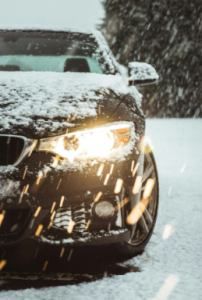
“It’s hard to drive in the rain,” said Karisa Cizauskas, a junior at Nonnewaug. “It seems like it’s not that big of a deal but your car can slip as much as it slips on ice. Hydroplaning is super dangerous and my car has slipped on rain before and it’s really scary.”
Yes driving in rain is bad, but I would rather there be a blinding rainstorm any day than take the chance driving in snow. It rains much more than snow. Many students, including myself, are used to the conditions from it.
“In my opinion, driving in the rain is easier,” said Campbell Bologna, a senior at Nonnewaug. “Fortunately, it rains more than it snows.”
For drivers like Cizauskas, regardless of the conditions, any precipitation falling from the sky can be daunting for a young person behind the wheel for the first time.
“It’s definitely scary but [it’s] something you have to get used to living in a place like Connecticut,” said Cizauskas. “I just take it slow and make sure I’m not out driving if I don’t need to.”
The one point of view that I, and even other student drivers look at, is insurance. Even if you have your own car, or borrow your parents, you don’t wanna have to call up your parents with the worst news of all: “I got into an accident because of the icy roads.”
Also, according to ValuePenguin, a website that values insurance rates, insurance premiums spike between 30-70%. To be more specific, in Connecticut the insurance can spike a total of 61%.
As the winter season has finally come to an end, students are excitedly awaiting the nicer (and drier) weather conditions towards the end of the school year. But driving in nasty weather is a never-ending problem that comes with not only incidents but also stress.
Be mindful of the roads and the weather conditions. Have your windshield wipers ready because the snow is coming back next year to start another stressful driving experience for new student drivers.
This is the opinion of Chief Advocate reporter Grace Lafferty, a senior at Nonnewaug.



